What is the Best Underwater Camera? Essential Tips for Choosing the Best Underwater Camera, Housing & Lights for Underwater Videographers, Cinematographers & Filmmakers of all level
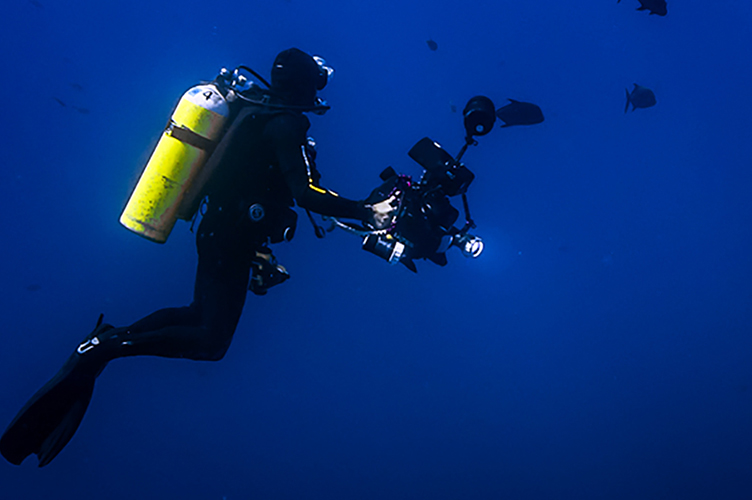
Learn how to choose the best underwater camera equipment and the best underwater lights.
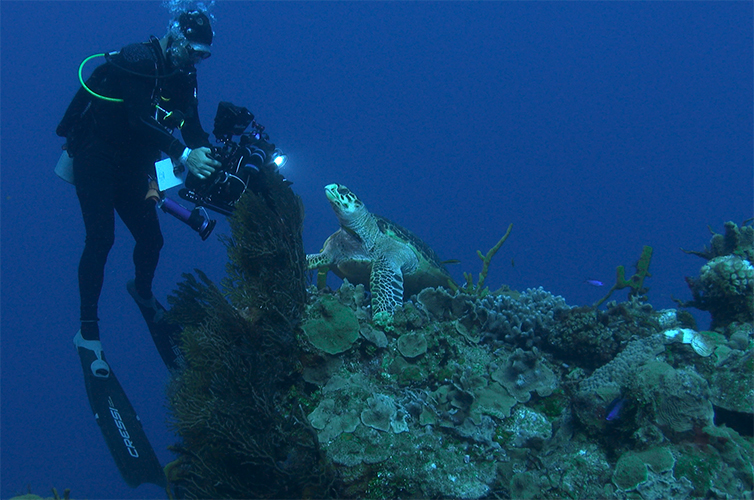
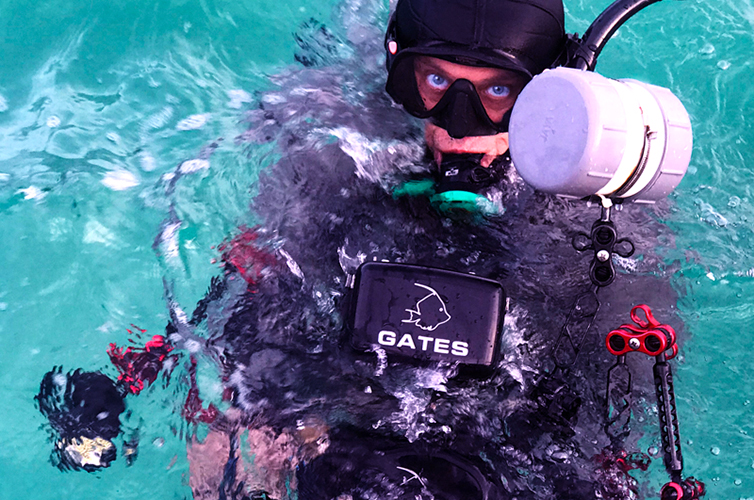
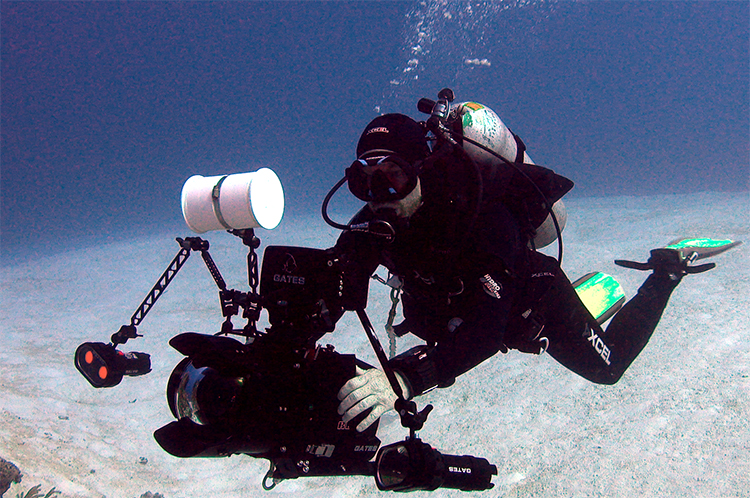
Are you an Underwater Videographer, trying to figure out how to choose a good underwater camera, housing and lighting system, or a Professional Underwater Filmmaker trying to figure out what is the best camera for your project? An Underwater Photographer choosing your first Underwater equipment, or a Professional Underwater CInematographer looking to upgrade?
Whoever you are, at whatever level you are at, buying new underwater equipment is an expensive endeavour, full of pitfalls and easily made mistakes. To help you navigate this minefield, we have put together some valuable tips to help you make a good, informed decision when buying underwater photo & video gear. (Or for those of you who feel like a long read, Guy has recorded a live tutorial on our youtube channel, with the same theme: https://youtu.be/CLAoaAf7oP8 🙂
Here is a guide on how to choose the best underwater camera equipment.
First of all, start by asking yourself the following questions:
- What do I want to do with my underwater photo or video camera?
When choosing an underwater camera, the first thing to think about is what you want to do with it. First, are you interested in underwater photography, underwater videography, or both? Next, do you consider yourself a beginner, a casual user, a passionate hobbyist, or a professional Underwater Filmmaker or Photographer? Finally, will it be your first underwater kit, or are you looking to upgrade the underwater equipment you already have? - How much can I spend? Define your budget.
Next, you need to define how much you can spend. Shooting underwater is an expensive occupation and getting the wrong equipment can make it even more costly. - Have I put money aside for the best underwater lights?
Once you have defined your budget, the next step is to put funds aside for your underwater lighting. Underwater imaging and lighting go hand in hand. If you are just starting out in underwater videography or photography, we strongly urge that you begin by choosing your underwater video lights – or for underwater photography, choosing a pair of strobes. If you already have an underwater camera and lighting system but your results are disappointing, then you may want to ensure your lighting solution is adequate. In brief, lighting is crucial for shooting underwater and the lighting requirements are the same, regardless of the camera you will use.Avoid the mistake of choosing small lights or strobes because you have a small camera. Instead, buy the very best lights or strobes you can afford and they will last you for a very long time. As a result, you will get the best picture out of your camera and the underwater lighting system will remain relevant, even if you upgrade your camera at a later date.
Remember that underwater lighting is expensive, therefore it is crucial to pick the right lights or strobes from the beginning. Furthermore, having a minimum of 2 light sources is vital. A good pair of video lights will cost close to $2500 with the supporting arms. On the other hand, a good pair of strobes will cost close to $1600 with supporting arms.In conclusion, put the money on the side for your underwater lights, and then what is left is your budget for your underwater camera and housing. See the end of this section for a summary of how to choose underwater video lights and check out our youtube tutorials on how to choose the best underwater lights, (or contact us directly for assistance:-) - Define your goals – what do you want to achieve with your underwater camera?
With lights and strobes taken care of, you can now think about what is the best underwater camera for your needs. How do you begin? Well, first ask yourself what you want to achieve. Do you want to use the camera for underwater work only, or for topside as well? Do you want to do underwater photography or underwater filmmaking? Will your underwater images be for vlog, social media, decoration, or for youtube videos? Maybe you are aiming for the commercial or broadcast market? Ultimately your goals will help determine what type of camera will suit you best. - Understand the different options:
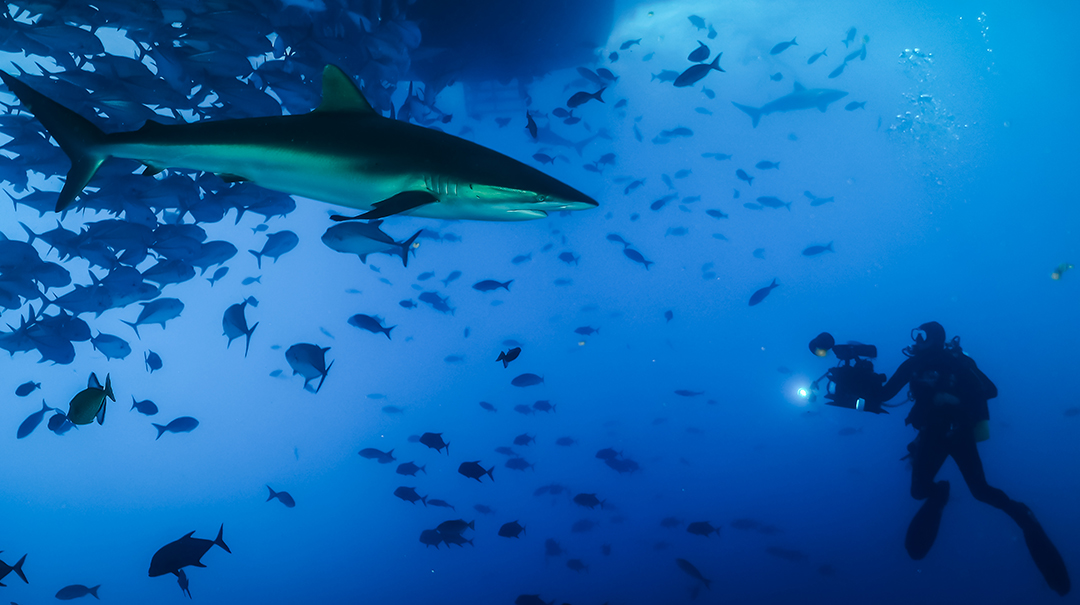
A Guide to Understanding the different Underwater Camera Options, Underwater Photo & Video Housings and Underwater Lights
Following are 5 different categories of underwater camera:
- Underwater Action Cameras.
First come the action cameras like the Gopros.
The key point about action cameras is that they’re fully automatic, and have a fixed wide angle lens. In other words, the only control you have is where you point it.
Equally important is that the action cameras are cheap, and they have been designed to be taken where other cameras would be too big or too heavy, too impractical or too expensive to go.
In brief, the action camera is excellent for achieving what it has been designed for, and it can also be used underwater with relative success. However, keep in mind that they perform way better for underwater video than for underwater stills.
In conclusion, if you want to document your diving activities, the action camera could be what you are looking for. On the other hand, if you wish to unleash your creativity, you may want to look into cameras with manual settings, so you have more control over the image and your creativity. - Underwater Point & Shoot Cameras.
Secondly come the point and shoot cameras. These are a bit more sophisticated than the action cameras, and some of them allow for more serious work. Most importantly, you can manually change most of the settings, from iris to shutter speed, colour balance, ISO or gain and sometimes even focus. Adding to this, you sometimes have a zoom and most of them have access to macro underwater videography or photography.
The point and shoot cameras make nice footage underwater. In essence, the point and shoot camera is considered by many as the entry level camera, although they can be a lot more than that.
Point and Shoot cameras like the Lumix 10 start at around $500 and have some great reviews. To be noted, some of the point and shoot cameras like the Olympus TG6 are even waterproof to shallow depths, making them the perfect cameras for snorkelers.
To summarise, if money, size and weight are leading factors in your quest for a camera, coupled with the desire to retain possibilities for creativity, the point and shoot can be an attractive solution. Check the links below for our recommendations. And remember to make absolutely sure that you have a great lighting solution to get the best images out of your point and shoot. - Mirrorless Cameras and the DSLRS.
First let’s take a look at the Underwater Mirrorless Cameras.
If you are serious about your underwater photography or filmmaking, the mirrorless cameras are small and light professional cameras, and the price range is attractive.
At the present time, depending on the model, the sensor goes from Micro 4/3 all the way to full frame sensor. With this in mind, remember that smaller sensors mean cheaper and lighter lenses are available.Next let’s look at the DSLRs.
Underwater DSLRs are bigger, heavier and more expensive than the mirrorless. The DSLR used to occupy the top market, simply because of the full frame option. Although this used to be true, it is no longer a great argument, as you can now get a full-frame sensor on a mirrorless. With this in mind, using a DSLR underwater is a good option for people who already have their camera and lenses. On the other hand, if you are starting from scratch, this is a lot of money to put in a system which ultimately is not adequate for underwater filming.In fact, both mirrorless and DSLRs are poor options for filming underwater, simply because their design was made for still photography. Ultimately, if you also want to make great underwater video, then these cameras have the following shortcomings:
First, you need an external monitor to have a comfortable position while shooting. Having to look at the onboard camera monitor means you need to be behind the camera with you head level with the monitor. This is far from ideal in many situations.
In addition, the camera’s monitor is often too small to pull focus properly underwater. Adding an external monitor to these housings makes the setup top heavy, which in turn creates stability issues when shooting underwater.
For a video on ‘How to stabilise underwater video’ and ‘how to make stable underwater footage’, go here: https://youtu.be/EljfWTkXMKs?rel=0Secondly, the lenses you use for underwater photography are often not good for film work because of their iris. A point often overlooked is that the iris is often moving in increments of 1/3 of a stop at a time. And this is fine when shooting underwater stills. However, when shooting underwater video, it is often necessary to adjust the aperture while filming. Having a clicked iris makes the incremental change in aperture visible on film, almost looking like flickering.
Despite all this, if you do want to use a mirrorless or DSLR for filming, I would strongly recommend you get a cine lens, because these lenses have a de-clicked iris. So you can pull the iris while filming to get this smooth, buttery exposure adjustment. However, please check with the housing manufacturer for compatibility before committing to any system.
And finally, mirrorless and DSLRs don’t have an internal ND filter, which is a very important feature for making cinematic footage, and ultimately the biggest issue we have with using mirrorless and DSLRs for shooting underwater video.
In conclusion, if your main interest is underwater photography, mirrorless and DSLRs are great options. More so, if you’re starting from scratch, looking at the mirrorless will save you money over the DSLRs, without compromising on quality and creativity. However, if your interest is underwater filmmaking, you may want to look at cameras that are designed for underwater video.And finally, if your interest ranges from underwater video to underwater photography, then either a mirrorless or DSLR can be a good compromise.
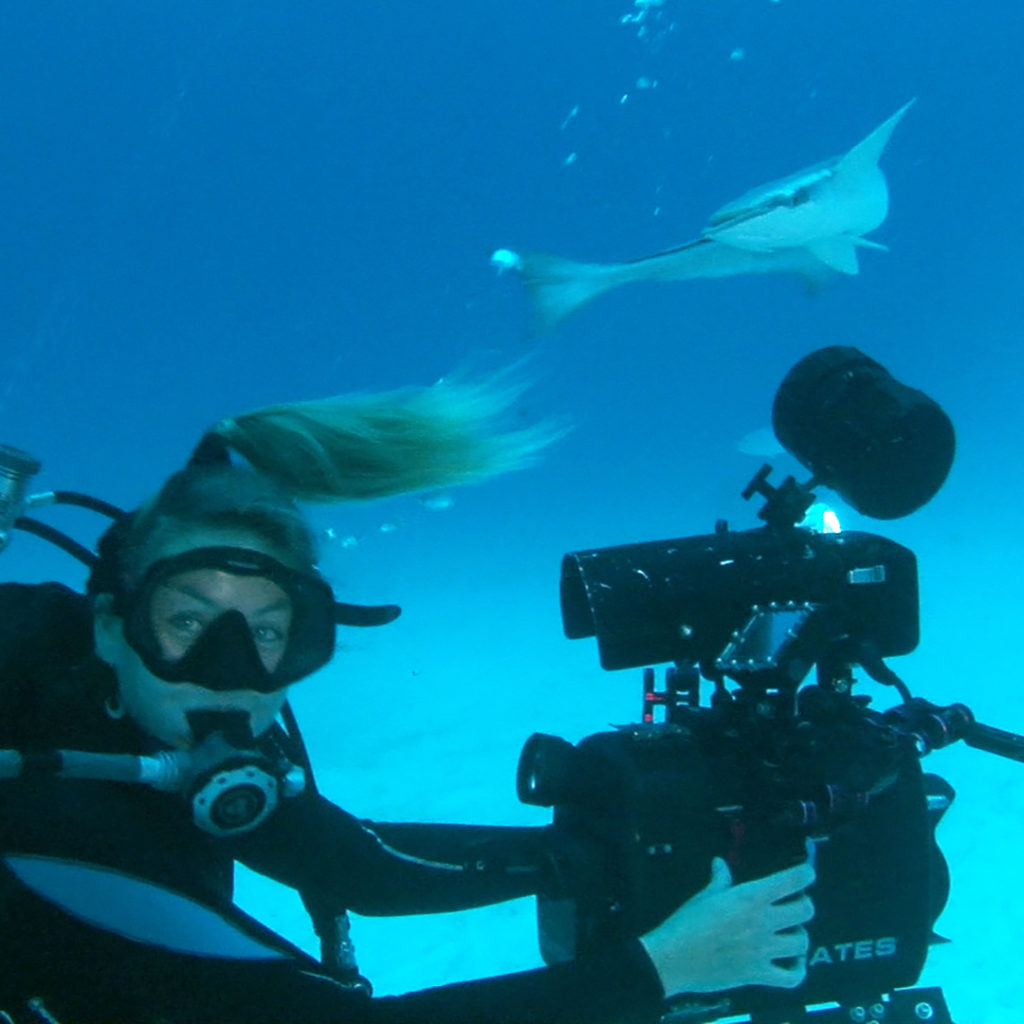
How to choose the best Underwater Video Cameras
This section is for the Underwater Videographers.
The video section can be split into 2 sections – consumer cameras, often called ‘camcorders’, and the pro cameras.
First let’s look at what are the different camcorders.
For the most part, these cameras are dedicated to videography. The form factor is made for taking video. Above all, they are ready to shoot right out of the box.nual controls are not very good or user friendly, simply because a lot of them rely on touch screens to adjust manual settings. This is not a good option when using a housing. It is also to be noted that they don’t really make good stills.
Above all the issues are often the housing form factor, which is often far from ideal because of the need to use the touch screen. This leads to weird contraptions of push button and articulated arms on the housing to enable touching the screen in various places to change settings.
Next, what are the different Pro Video Cameras?
Secondly lets look at the professional video cameras.
Often referred to ENG style camera – ENG stand for electronic new gathering – these cameras usually come complete with all bells and whistles. That is to say that they are equipped with a great zoom lens, monitor, viewfinder, XLR input for pro audio equipment.
Most importantly, all the key settings are accessible by dedicated buttons and switches, including sound control, and they have onboard ND filters! This is a major point if shooting underwater and is a must for the type of work I do. These are the types of camera I have used successfully for many years.
However, their sensor is often super 35 size, basically apsc size, which can feel a little small compared to full frame sensors. Most importantly, the ergonomics are great, and their larger size allow for heat dissipation.
The battery bay is open allowing for larger battery size to be fitted. And they don’t have a limit on clip size like most of the mirrorless and dslr’s. Subsequently, because of their shape, their housings are very stable underwater, making a striking improvement over the top heavy unstable mirrorless or dslr housings.
The different Cine Cameras
Finally what are the cine cameras?
These are big, heavy, expensive cameras and their housings are also over sized and also very expensive. Their weight is also to be taken into account. The whole package is basically over sized. But, they deliver incredible quality and resolution. In other words, this is what is needed for big productions to match the topside equipment used in motion pictures and advertisement.
Therefore the big question is, is it an overkill? All things considered, you can put the best cine lens on the best camera, in the best housing with the best port. But yet, you are still going to have to shoot through the water which has particles in suspension in it.
In conclusion, cine kits are great if you’re working on high paying gigs, and if you are trained to use them correctly. As the name indicates, they are designed for cinema works, where money and the number of staff is not an issue. It is the choice if you want to work in a professional environment like advertising, big tv shows or motion picture. It is to be noted that if you have the budget and want to film with a cine camera as a single operator, there are some smaller cine cameras that are easier to handle on your own.
Some cine cams like the canon C200 come in a smaller package that is good for a single operator, yet they can take a cine lens and deliver outstanding picture quality. Further more there are also solutions for the BMPCC 4 and 6 K from Blackmagic that offer excellent cine cameras with attractive pricing and with a size closer to a DSLR.
In conclusion the cine cameras are the top quality for underwater video but a tad overpriced.
The pro video cameras are the best for video with semi limited budget.
Mirrorless and DSLRs are best for photography and can make decent video.
Point and shoots offer video and photo in an affordable and small package and can produce great images.
Finally, action cameras are for casual use or to use as a complement to more sophisticated cameras.
Now you know the different styles of camera. So how do you choose the camera style that best suits your objective? And your wallet?!
First of all, is it your hobby or will it be your career?
Continuing with our original questions to ask yourself before purchasing new Underwater Filming equipment:
6. What is your underwater camera kit size and weight target?
The weight allocation given by airlines is often a deciding factor, because most people will have to travel with the gear to get to diving destinations.
7. What type of diving will you be doing?
If you dive from a liveaboard, you can get people to help you get the gear on site.
If diving solo from the shore, you have to make your entry and exit on your own while having a full scuba kit and bailout tank and carrying the filming gear including lights.
Are you strong enough to do this safely?
So after answering the questions and evaluating all of the above, looking at some of the links to great gear we share and doing your research, you have you eyes on a specific type of camera and now you need to pick the specific model.
So exactly what should you look for in an underwater kit?
How to choose the best Underwater Camera
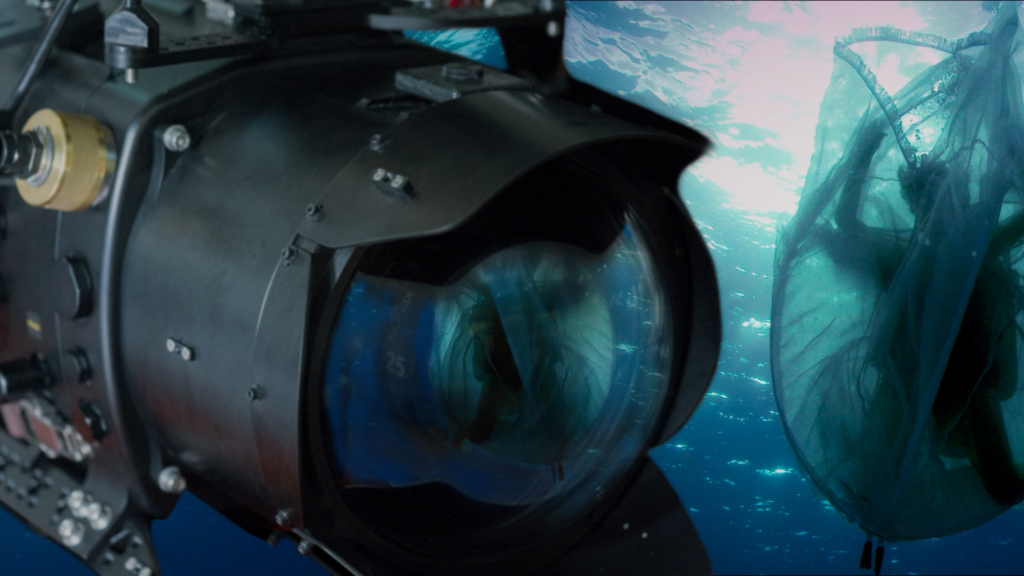
What to look for when choosing an underwater Camera & Housing
This, in my humble opinion, is what to look for when choosing an underwater camera:
- Easy, dedicated manual controls, so the primary controls which are iris, shutter, iso/gain, white balance, focus and frame rate (for video) have an on body control versus having to scroll through a menu.
- Internal ND filters are a big plus feature if you are filming – actually they are so important to me that they are a deciding factor when choosing a camera for underwater use.
- Look for large batteries that allow for a minimum of 2 hours plus of shooting time,
so you don’t have to open the housing on the boat in between dives. - Look for HDMI or SDI out to connect the external monitor or SDI to send a feed to the surface if shooting for a big production.
- For filming try to get a de-clicked iris for smooth exposure control.Before you buy the chosen camera and lens, you need to check on the underwater housing options.
And this is how to choose the best underwater housing
- First, you want to have all the manual controls on the housing.
- You want a Dedicated manual white balance, like a one push of a button.
- For video work, look for Neutral density filters access, which means that the camera has internal ND filters.
- You want an External monitor connection.
- And you probably want a Vacuum system. That said, keep in mind I have been shooting for well over 20 years without a vacuum system and never flooded any camera, but it is great to have it for peace of mind.
- For filming, a Flip on internal filter holder and diopter holder is a must.
- Similarly, lots of anchoring points on the housing give you flexibility when customising your housing.
- Easy access to memory cards and batteries are an important factor, as you may need to open the housing briefly to change cards and battery. If doing this on a boat,
you don’t want to have to dismantle the whole kit and expose the camera and the inside of the housing too much. - Support for the View finder is not a deal breaker, but it’s great for macro work, especially in shallow tropical water where ambient light is very high.
- And I would preferably choose lots of options for counter weight placement
to trim the housing correctly.
Voila – Now you can make an informed decision when buying underwater gear for filming or photography.
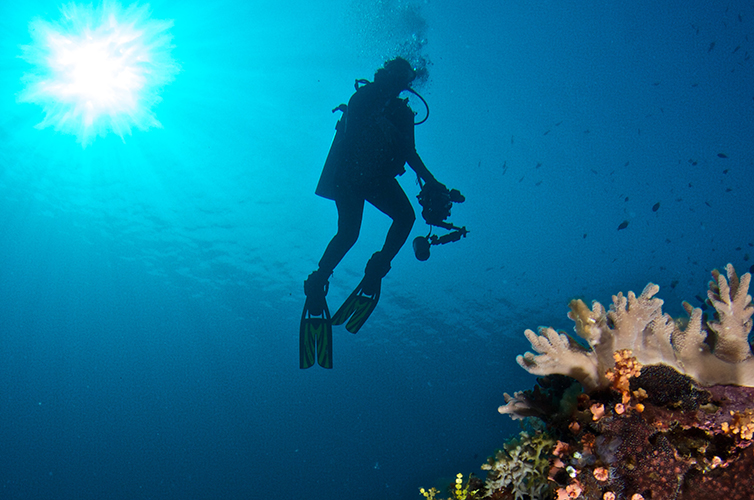
There is one last step to successfully shooting underwater, and that is a step often overlooked by newcomers. I regularly see people investing thousands of dollars in equipment and then, they run the camera in auto, and achieve poor results. So in the budget for underwater filming or photography, you should put some money on the side to get a good, solid course like the ones we offer at liquidmotionacademy.com.
This will allow you to make a huge jump start and seriously shorten your learning curve.
You can take one of these courses at liquidmotionacademy.com. We offer online courses and also courses on location in Cozumel.
A word of caution about video or photo courses offered by dive shops… Let’s take the example of a PADI shop offering underwater photo and video courses.
For a PADI instructor to give you a photo or video course, all he has to do is send a letter to PADI stating he made 30 dives with a camera, pay a small sum of money, and he gets the photo or video instructor rating. So look after your investment. Instead of a diving instructor, get an adequate mentor, someone with years of experience in the business, with plenty of awards and credentials, and an ability and passion to teach and mentor you not only during your course but also afterwards. Avoid dive shops, and retail shop that are more interested in selling courses and equipment than helping you make your dream a reality. Most of the time it is YOU, that will make THEIR dream a reality.
I hope you find this helpful.
How to Choose Underwater Lights
Follow this link to our feature on “How to choose Underwater Video Lights’ and ‘Strobes for Underwater Photography’
If you like the content and want to learn or see more, please subscribe to the youtube channel at youtube.com/liquidmotionfilm.
If you want to know more about our online courses, check www.liquidmotionacademy.com www.liquidmotionacademy.com And below are some links you may find helpful about equipment we love.
MY CURRENT FAVOURITE KIT
TOPSIDE CAMERA – To achieve cinematic footage
Fujifilm XT3
Fujifilm 35mm f/1.4
Rokinon cine xmount lens 12mm T2.2 for fuji
B + W 77mm XS-Pro Vario Neutral Density MRC Nano Filter – 0.3 to 1.5 (1 to 5 Stops)
Tiffen 77BPM14 77mm Black Pro-Mist 1/4 Filter
SMALLRIG Camera Cage for Fujifilm X-T3, Aluminum Alloy Cage with Cold Shoe, NATO Rail, Threaded Holes for Arri – 2228
SMALLRIG Universal Aluminum NATO Side Handle Grip for DSLR Camera Cage with Cold Shoe Mount Built-in Wrench, Up and Down Adjustable – HSN2427
Ansso NP-F970 F970 to LP-E6 Full Decoded DC Coupler Power Adapter Battery Mount Plate with 1/4 inch and Shoe Mount for Canon 7D 6D 5D Mark II III IV 70D 80D (Multi-Function)
Wasabi Power Battery (2-Pack) and Dual Charger for Sony NP-F950, NP-F960, NP-F970, NP-F975 (L Series)
Wasabi Power Battery (2-Pack) and Dual USB Charger for Sony NP-F330, NP-F530, NP-F550, NP-F570 and CN-160, CN-216, CN126 Series (L Series)
Manfrotto MT190XPRO3 Aluminum 3-Section Tripod ,Black
Manfrotto 502 Video Head MVH502AH,Black,15 Lbs
Manfrotto 496RC2 Ball Head with Quick Release Replaces Manfrotto 486RC2,Black
Teleprompter for IPAD
SOUND
Zoom H5 4-Track Portable Recorder for Audio for Video, Music, and Podcasting, Stereo Microphones, 2 XLR/TRS Inputs, USB Audio Interface, Battery Powered
Zoom SGH-6 Shotgun Microphone Capsule Fits with the Zoom H5 and H6 Handy Recorders, the Q8 Handy Video Recorder, U-44 Handy Audio Interface, as well as F4 and F8 MultiTrack Field Recorders
Rode VideoMicro Compact On-Camera Microphone with Rycote Lyre Shock Mount
GIMBAL
Zhiyun WEEBILL S Gimbal Stabilizer (Standard Package), Zhiyun-Weebill-s-DSLR-Gimbal
SmallRig Handle Grip Handgrip for Zhiyun-Tech WEEBILL-S Gimbal with Cold Shoe Mount Built-in Wrench, Multiple Threaded Holes – BSS2636
COMPUTER & ACCESORIES FOR EDITING
New Apple iMac (27-inch, 8GB RAM, 1TB Storage)
Adamanta 64GB (4x16GB) Memory Upgrade Compatible for 2017 Apple iMac 27″ Retina 5K Display DDR4 2400MHz PC4-19200 SODIMM 2Rx8 CL17 1.2v Dual Rank RAM DRAM
Intuos wacom tablet – very important for editing photographs
Datacolor SpyderX Pro – Monitor Calibration Designed for Serious Photographers and Designers SXP100
Synology 6 Bay NAS DiskStation DS3018xs (Diskless) – great server to be used with IronWolf drives for better performance.
Seagate IronWolf 8TB NAS Internal Hard Drive HDD – CMR 3.5 Inch SATA 6Gb/s 7200 RPM 256MB Cache for RAID Network Attached Storage – Frustration Free Packaging (ST8000VN004) (ST8000VNZ04/N004)
ACTION CAMERA
Gopro hero 8
Gopro hero 8 with extra baterry and charger
Gopro 60m waterproof housing
POINT & SHOOT CAMERA
Sony RX100 VII
Canon G7x with extra baterry
MIRRORLESS CAMERA
Full Frame sensor
Sony a7 III
APSC sensor
Sony a6500
Micro4/3
Lumix GH5s
DSLR
Top of the line
Canon EOS 1D X Mark III
More affordable
Canon EOS 5D Mark IV
CAMCORDER
Sony FDR AX700
Sony PXW-Z90V 4K
PRO VIDEO
Unfortunately there are not really any pro cam to recommend because the manufacturer are not masking any housing that are good.
CINE CAMERA
Budget Cine cam
Blackmagic BMPCC 4K
Blackmagic BMPCC 6K
Canon C300
UNDERWATER HOUSING AND ACCESSORIES
20cm Double 1″ Ball Arm
2 pieces 1”clamp
UNDERWATER LIGHTS
For underwater lights from BigBlue, please contact us as we are resellers and can fit you with the right lights for the right price.






